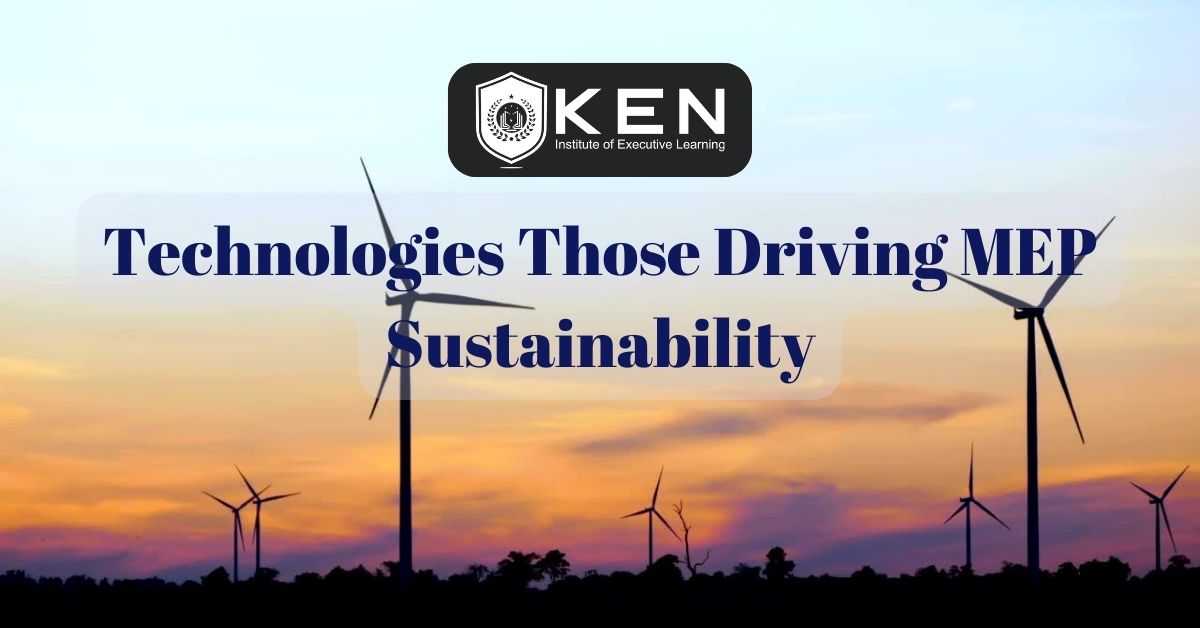
Nowadays, everyone seems to be focused on finding more sustainable design solutions for building structures and objects. The moment we realized that we would have to work on installing eco-friendly systems to help the planet recover from the damage done by human hands, the word MEP sustainability echoed throughout the construction field.
MEP sustainability refers to the sustainable practices and considerations in Mechanical, Electrical, and Plumbing (MEP) engineering within the construction industry.
Considering the environmental impact of construction and the operation of buildings, MEP sustainability aims to incorporate eco-friendly, energy-efficient, and resource-conserving solutions into the design, installation, and maintenance of these systems.
The Importance of MEP Sustainability
All the building owners rely on electrical power to go about their daily life. Both facility managers and building owners can leverage MEP engineering to set new sustainability models. Once an MEP design is fully functional, maintenance can achieve significant strategic improvements in the field of sustainability.
These improvements will make MEP design a profitable and reasonable solution for reducing the carbon footprint of buildings. They make everyday life simpler and more convenient.
Key Principles of MEP Sustainability System
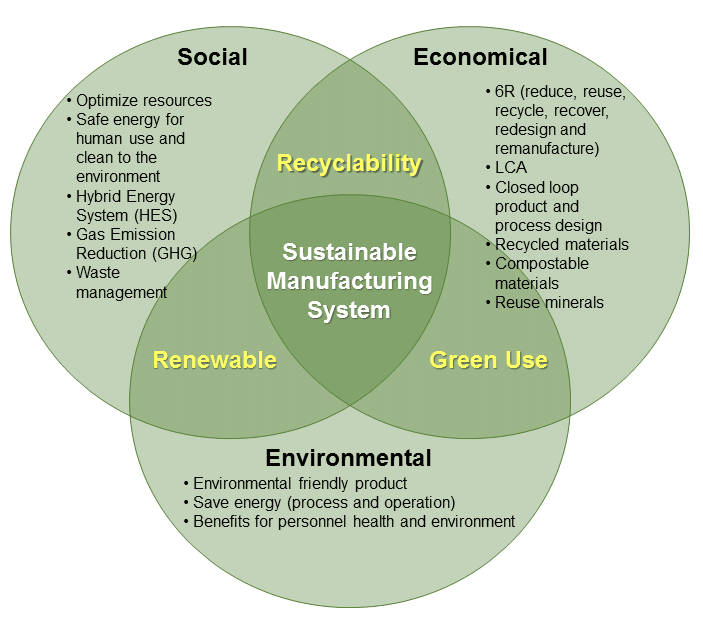
Energy-efficient MEP systems- aim to reduce the energy consumption of a building by incorporating technologies such as efficient HVAC systems, LED lighting, advanced control systems, and renewable energy sources.
Renewable Energy Integration- Integrating renewable energy sources like solar panels, wind turbines, and geothermal systems into MEP design can help reduce the overall reliance on non-renewable energy sources.
Water Efficiency- MEP sustainability also involves implementing water-efficient plumbing systems, such as low-flow fixtures, greywater recycling systems, rainwater harvesting, and efficient irrigation systems. These systems help in reducing the strain on local water resources.
Sustainable Material Selection- Choosing sustainable and eco-friendly materials, such as recycled materials or materials with a lower environmental impact, can contribute to the overall sustainability of a building.
Life Cycle Analysis- A life cycle analysis of MEP systems helps in understanding the environmental impact of these systems from the manufacturing phase to the disposal phase. This enables the identification of areas where improvements can be made.
Building Automation and Controls- Implementing advanced MEP systems, ensures that they operate at peak efficiency while meeting the occupants’ comfort requirements. This can improve system performance.
Green Building Certifications- Incorporating MEP sustainability practices can contribute to achieving certifications such as LEED (Leadership in Energy and Environmental Design) or other green building certifications.
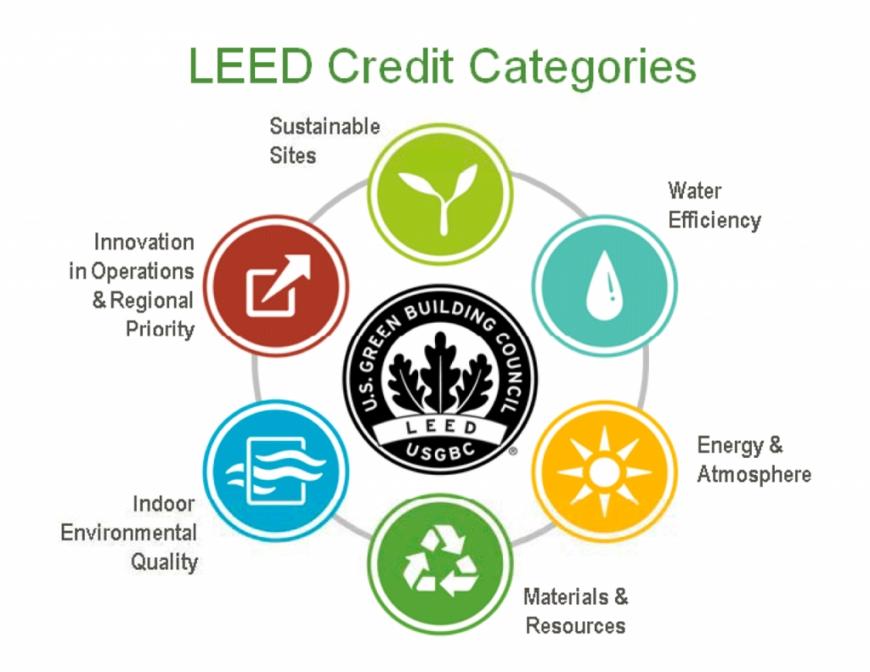
By integrating these principles into the design, installation, and operation, buildings can achieve higher levels of energy efficiency, reduce their environmental impact, and contribute to a more sustainable built environment.
Every new building is required to be sustainable. This is a huge challenge with more responsibility and pressure. Designers are facing a challenge of their own “How to handle the logistics of green MEP design from the colossal of new data, technologies, standards, and requirements.
The answer lies in Technologies That Help Drive MEP Sustainability.
According to the reports, the major contributor to the overall consumption of energy is electricity generation. By including MEP engineering and design, designers can achieve a far higher level of control over any structure’s energy efficiency.
The following technologies significantly contribute to the overall MEP sustainability.
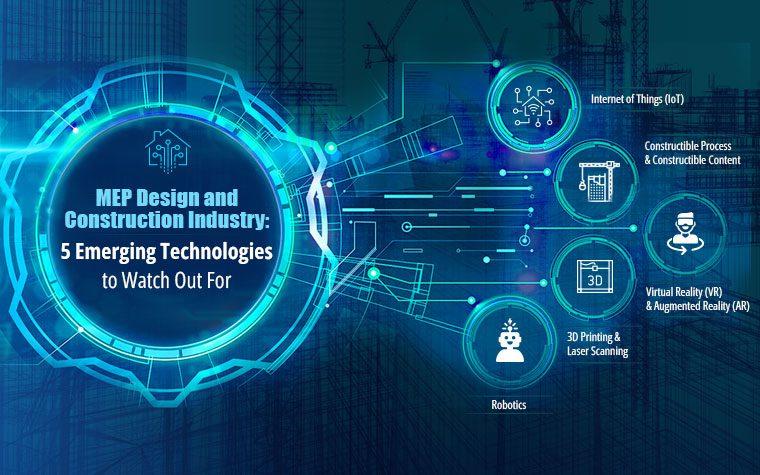
AI-Powered Air Conditioning
HVAC systems are the latest thing in the world of air conditioning. These AI-powered systems use machines make automatic adjustments to energy generation and consumption levels.
They can be used to reduce waste and increase energy efficiency by leveraging IoT (Internet of Things) data to predict patterns in weather conditions and make automatic changes to air conditioning settings on the go. Some systems monitor human activity in a controlled environment and use that data to fine-tune AC levels.
Heat Recovery Ventilation
Choosing the right ventilation system is vital for reaching higher levels of sustainability. Eco-friendly ventilation solutions ensure sufficient airflow levels while minimizing heat loss.
Heat recovery ventilation systems use smart technology to harness the heat from human activity and utilities to warm up the air. That ensures more sustainable air circulation, as well as virtually no waste of heat.
Smart Sensors and Control Units
Smart sensors and control units rely on intelligent technologies like AI, which significantly help to reduce our carbon footprint as they improve the levels of energy control and monitoring.
With this technology, cooling, and heating systems, monitor energy consumption, and more can be controlled using nothing but tablets or smartphones.
Solar Collectors
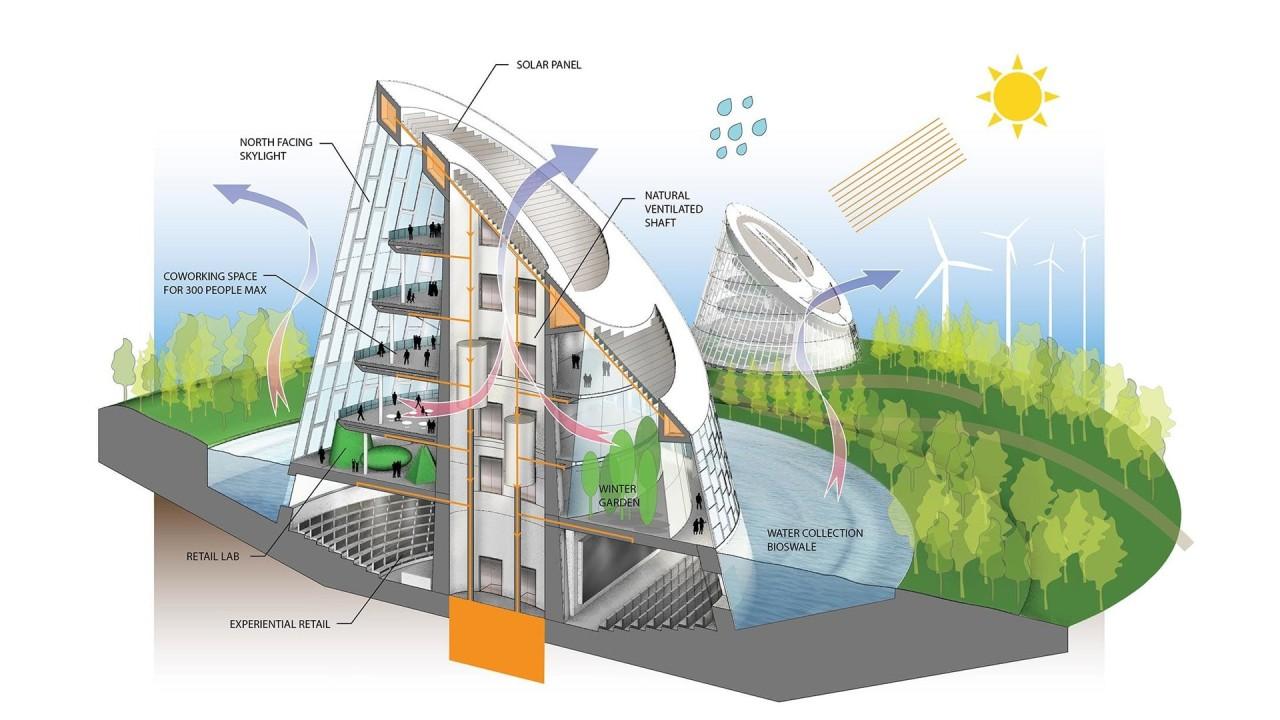
The Sun is an abundant source of energy and we know that solar energy can significantly help us to improve the entire world’s energy generation, consumption, and management strategies.
Solar-thermal systems are a vital part of MEP engineering, and they are one of the essential factors of driving sustainability in the future.
Solar collectors go in combination with individual thermostats and boilers. These quick installations help improve energy efficiency by including solar energy in the equation. We can rely on solar power for certain utilities in our homes, instead of using conventional energy.
High-Efficiency Heat Pumps
Designed as the best solution for cost-efficiency, High-efficiency heat pumps use environmental versatility to gain steam. These pumps achieve an impeccable and quite fantastic performance in preserving the environment by reducing waste and delivering incredible results. In terms of sustainability, they are far more sustainable and affordable as an energy source than gas pumps.
Solar collection and energy optimization are currently one of the most engaged fields of MEP sustainability in practicing the best solutions to achieve renewable power.
Conclusion
The future of sustainability and energy generation is very bright. Thanks to the latest advancements in MEP, we can expect incredible achievements in the fields of eco-green and sustainable construction.
To explore more about new advanced technologies, join us. Ken Institute provides courses exclusively for Environment & Sustainability, Mechanical, and OHSE Professionals to upskill their careers.
Write us at info@keneducation.in
Visit our website www.keneducation.in
Call on +917569034271
Let’s connect on Facebook, YouTube, LinkedIn, and Instagram.
Tag: Environment & Sustainability, Mechanical Engineering, Health & Safety, Health & Safety Training

